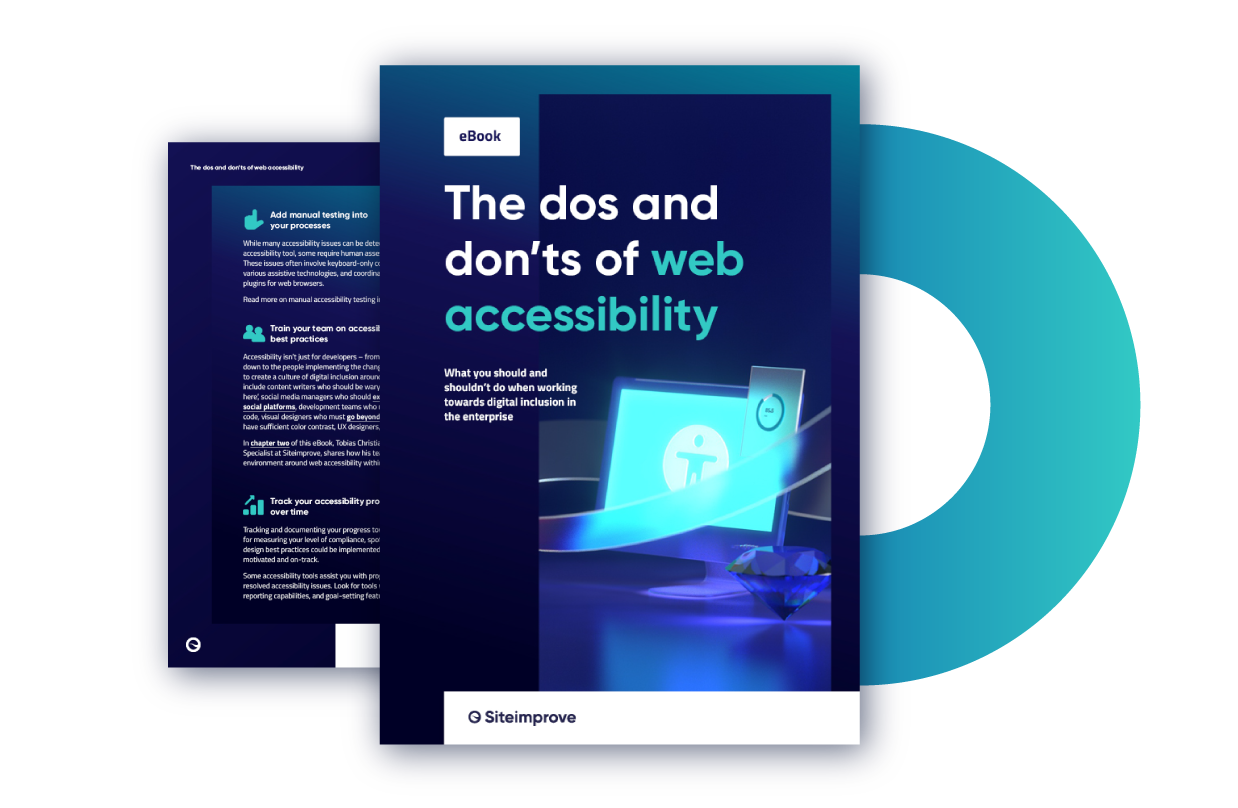Too many organizations think about accessibility in terms of attaining a certain level of accessibility compliance, such as level AA of WCAG conformance. While this is a good starting point, it should not be your end goal. Instead, it can serve as motivation to think more broadly and progressively about providing a website experience that really includes all users.
While compliance with accessibility guidelines and legislation is a valid reason for pursuing digital accessibility, an authentic commitment to digital inclusion enhances your brand reputation and can extend your market reach. The only way to achieve this is by putting inclusive design and development best practice at the center of your website processes.
In this eBook, we share best practices for web accessibility and guide you through the dos and don’ts of digital inclusion.
You will learn about
-
why web accessibility is a process, not a quick fix
-
what ‘shifting left’ in web accessibility means and why you should think accessibility into the early stages of the digital design and development process
-
manual testing as essential part of your web accessibility strategy
-
why overlay tools aren't the quick fix they claim to be
-
the business benefits of web accessibility beyond compliance
